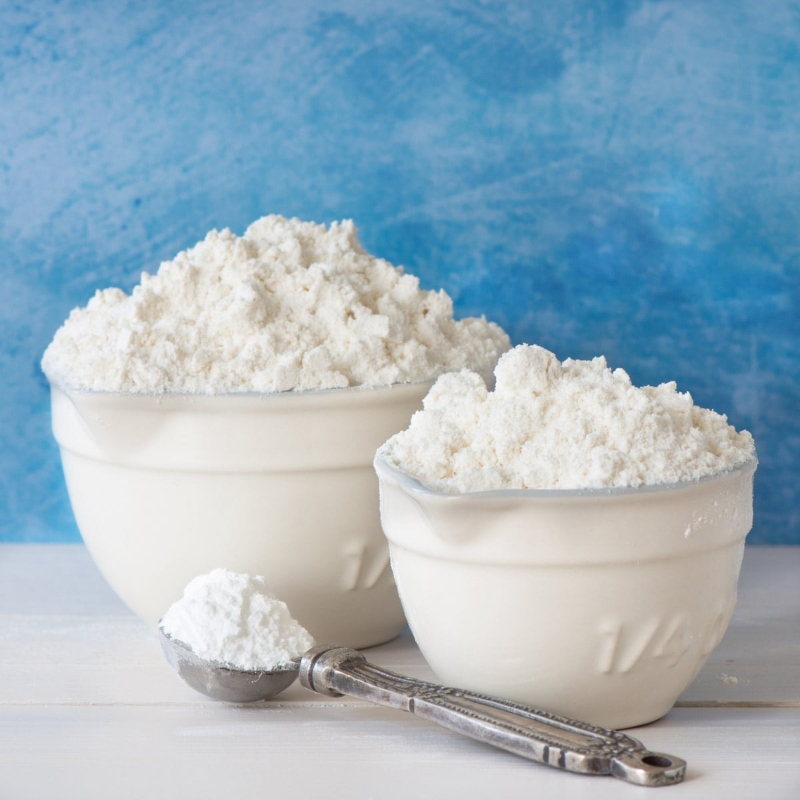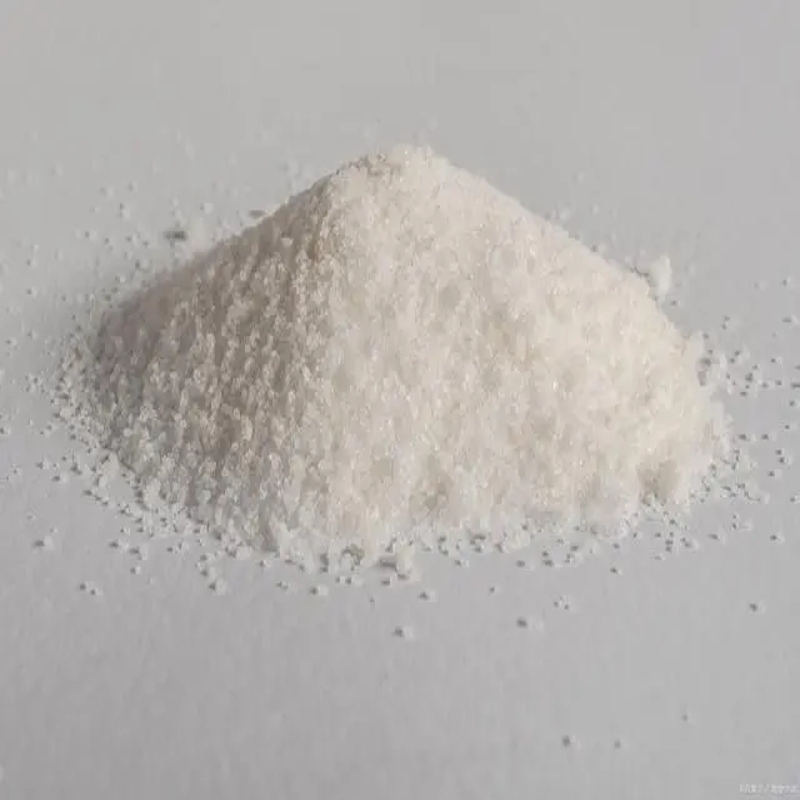-
Categories
-
Pharmaceutical Intermediates
-
Active Pharmaceutical Ingredients
-
Food Additives
- Industrial Coatings
- Agrochemicals
- Dyes and Pigments
- Surfactant
- Flavors and Fragrances
- Chemical Reagents
- Catalyst and Auxiliary
- Natural Products
- Inorganic Chemistry
-
Organic Chemistry
-
Biochemical Engineering
- Analytical Chemistry
- Cosmetic Ingredient
-
Pharmaceutical Intermediates
Promotion
ECHEMI Mall
Wholesale
Weekly Price
Exhibition
News
-
Trade Service
4 Test method
When the reagents and water used in this standard are not marked with other special requirements, the analytical reagents and the tertiary water specified in GB/T6682 shall be used
The standard titration solutions, standard solutions for impurity determination, preparations and products used in this standard shall be prepared in accordance with GB/T601, GB/T602, and GB/T603 unless other requirements are indicated
4.
4.
The sample is titrated with an EDTA standard titration solution in an ammoniacal medium, and the end of the titration is judged by the change of the color of the urethane ammonium indicator
Calculate the cobalt acetate content based on the volume of the consumption standard titration solution
4.
4.
4.
4.
4.
4.
Weigh 0.
Do a blank experiment at the same time
4.
The content (X 1 ) of cobalt acetate expressed in mass percentage [as Co(CH 3 COO) 2 ·4H 2 O] is calculated according to formula (1):
In the formula: V 1 -the volume of EDTA standard titration solution consumed by the sample, ml;
V 0 —Blank consumption volume of EDTA standard titration solution, mL;
c—The actual concentration of EDTA standard titration solution, mol/L;
0.
2491— The mass of cobalt acetate expressed in grams equivalent to 1.
00mL, EDTA standard titration solution [c(EDTA)=1.
000mol/L] ;
m—the mass of the sample, g
.
4.
1.
5 Tolerance
Take the arithmetic mean of the two parallel determination results as the determination result
.
The difference between the two parallel determination results shall not be more than 0.
2%
.
4.
2 Determination of water insoluble matter
4.
2.
1 Reagents and solutions
Glacial acetic acid
.
4.
2.
2 Apparatus and equipment
Glass crucible: The aperture of the filter plate is 5um~15um
.
4.
2.
3 Analysis steps
Weigh 20g sample (accurate to 0.
01g), dissolve it in 200mL water, add 0.
6ml glacial acetic acid, heat it in a boiling water bath for 1h, filter with a glass crucible with a constant mass in advance, drain it, and wash the filter residue with hot water Until the lotion is colorless, bake at 105℃~110℃ until the quality is constant
.
4.
2.
4 Expression of analysis results
The water-insoluble content (X 2 ) expressed in mass percentage is calculated according to formula (2):
In the formula: m 2 -the mass of glass crucible plus residue, g;
m 1 —The mass of the glass crucible, g;
m—the mass of the sample, g
.
4.
2.
5 Tolerance
Take the arithmetic mean of the two parallel determination results as the determination result
.
The difference between the two parallel determination results shall not be greater than 0.
002%
.
4.
3 Determination of sulfate
4.
3.
1 Reagents and solutions
4.
3.
1.
1 Hydrochloric acid
.
4.
3.
1.
2 95% ethanol
.
4.
3.
1.
3 Barium chloride solution: 100g/L
.
4.
3.
1.
4 Sulfate standard solution: 1mL solution contains 0.
1mg SO42-
.
4.
3.
2 Analysis steps
Weigh 1g sample (accurate to 0.
01g), place it in a 100mL beaker, add 3mL hydrochloric acid and 10mL water to dissolve, evaporate on a water bath to dryness, add 1mL hydrochloric acid, and evaporate on a water bath to dryness
.
Then add 10mL water soluble, move cuvettes 100mL of water was added to 40mL, mixing, this solution is A
.
Take 20mL of A solution, put it in a 100ml colorimetric tube, add 3mL of "95% ethanol" and 2mL of barium chloride solution, add water to 50ml, shake well, and place for 1h
.
Compared with the standard turbidity solution, its turbidity shall not exceed the turbidity of the standard turbidity solution
.
Standard turbidity solution: Take 20mL of A solution, put it in a 100mL beaker, add 3mL of "95% ethanol" and 2mL of barium chloride solution, mix well, heat to 75℃, place for 1 hour and filter in a 100mL colorimetric tube.
Add 0.
5mL sulfate standard solution, add water to 50mL, shake well, place for 1h, and set aside
.
Related Links: Industrial Cobalt Acetate (1)







